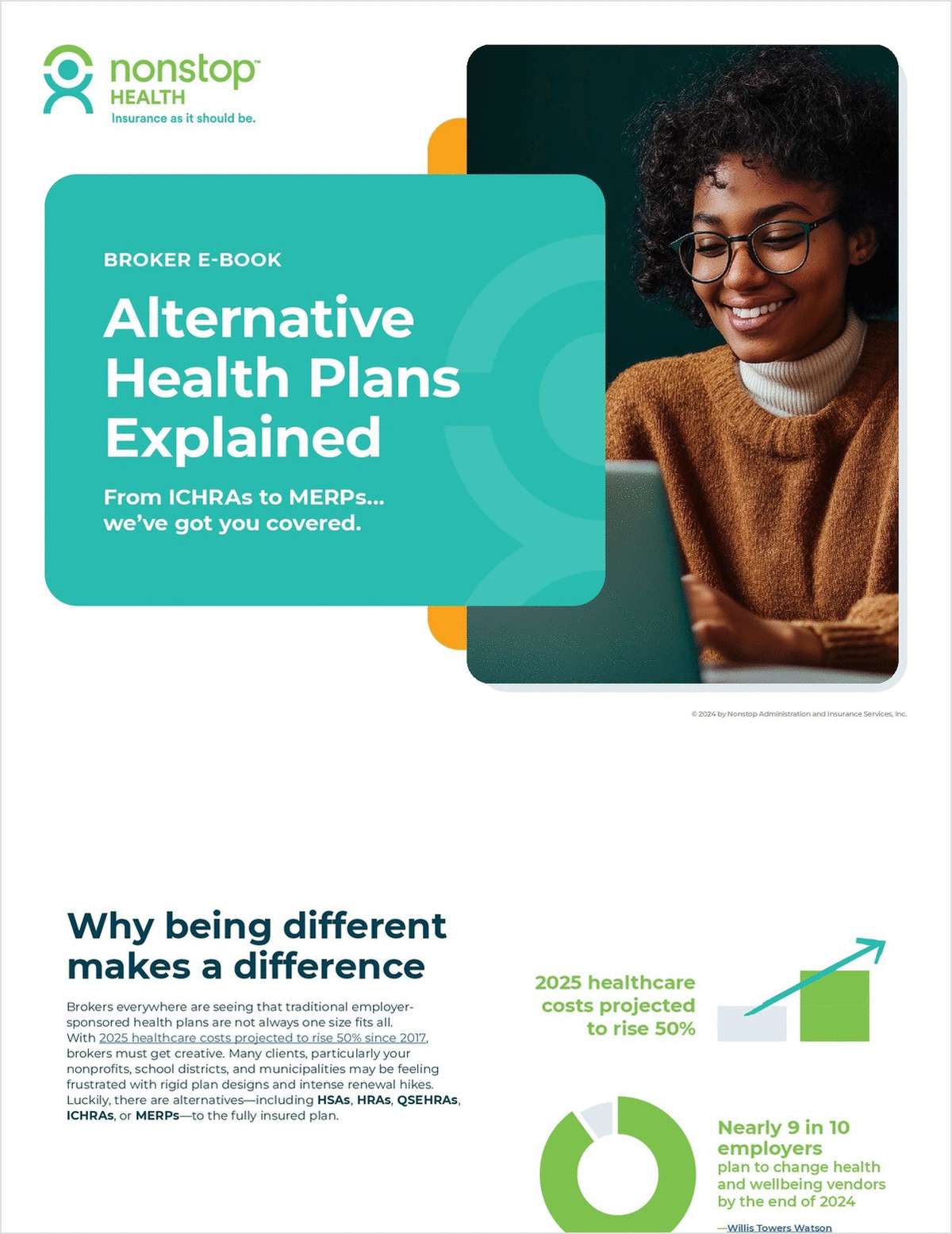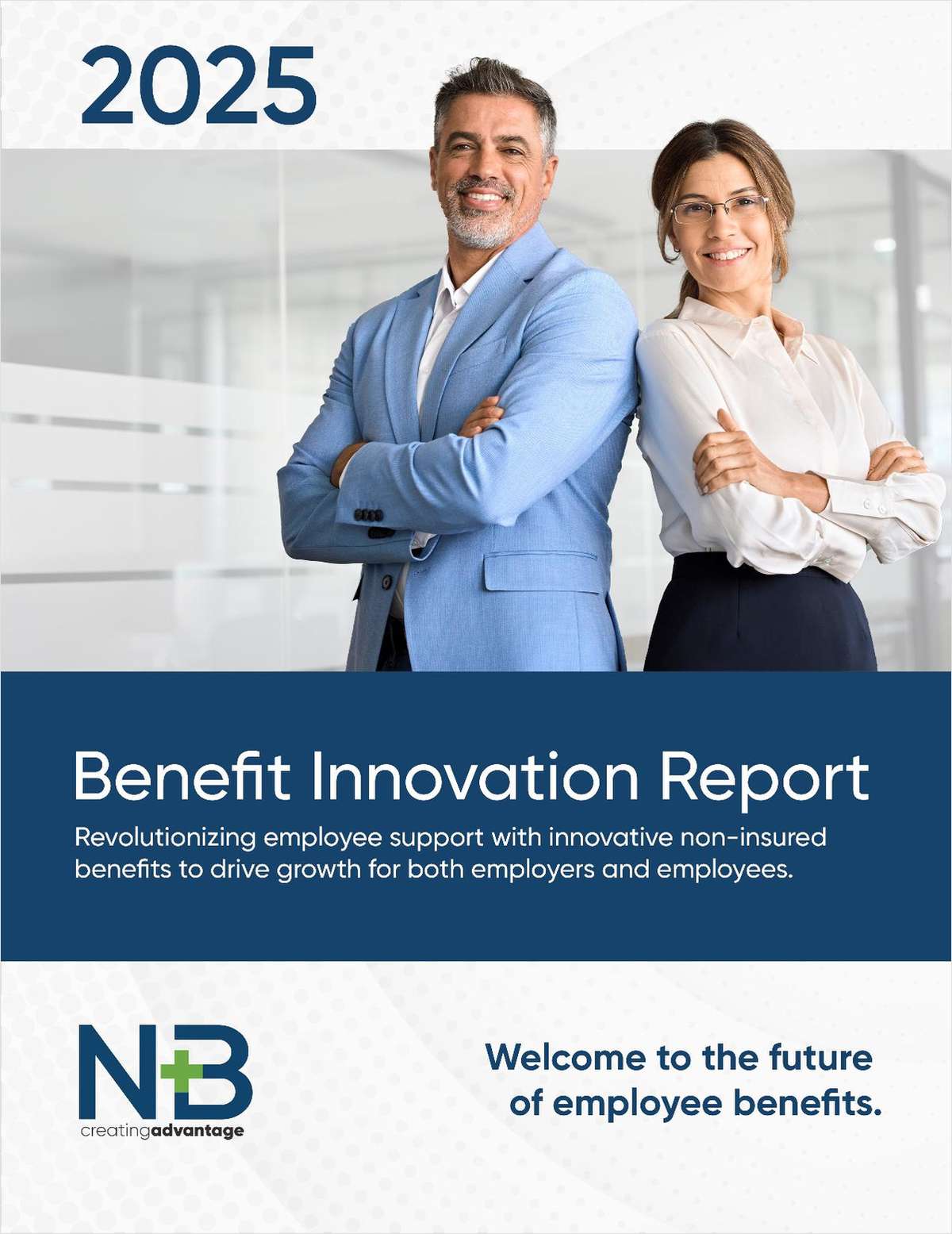Sometimes I wonder if CFOs and HR Directors talk with each other. Occasionally I run into a CFO who is implementing a tax strategy using employee benefits, and he or she is clueless as to whether the benefits are actually valued by the employee. (I assume that's how Clark Griswold ended up with a subscription to "Jelly of the Month Club" in "National Lampoon's Christmas Vacation.")
At the same time, I sometimes encounter an HR Director who designs a benefit package purely based on employee demand. The reality is that plan benefit designs must be all-inclusive of tax, financial and incentive issues. A benefit plan should benefit both employer and employee.
It's difficult to achieve a balance when a key issue — tax law — is unpredictable. In the last several years Congress has peppered us with both tax breaks and tax increases, often in the same year. Consider the fact that the PPACA, which represents significant tax increases starting in 2013, was passed less than eight months before the 2010 TRA, which extended tax breaks. How can an employer factor tax issues into a benefit package when future tax rules are in question?
Complete your profile to continue reading and get FREE access to BenefitsPRO, part of your ALM digital membership.
Your access to unlimited BenefitsPRO content isn’t changing.
Once you are an ALM digital member, you’ll receive:
- Breaking benefits news and analysis, on-site and via our newsletters and custom alerts
- Educational webcasts, white papers, and ebooks from industry thought leaders
- Critical converage of the property casualty insurance and financial advisory markets on our other ALM sites, PropertyCasualty360 and ThinkAdvisor
Already have an account? Sign In Now
© 2024 ALM Global, LLC, All Rights Reserved. Request academic re-use from www.copyright.com. All other uses, submit a request to [email protected]. For more information visit Asset & Logo Licensing.








